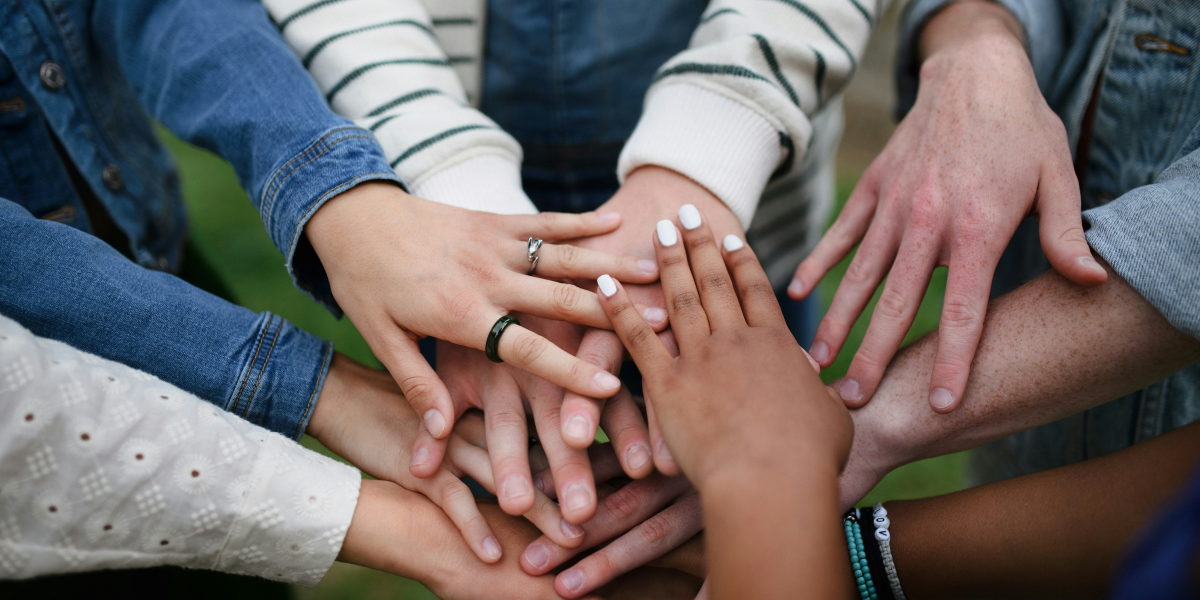Local communities are crucial in creating safe, supportive, and resilient environments. Building a strong, interconnected neighborhood benefits residents by fostering a sense of belonging and security while encouraging positive economic and social growth. From supporting local businesses to community-led initiatives, there are many ways that individuals can contribute to a resilient community.
Why Community Resilience Matters
Community resilience refers to a neighborhood’s ability to withstand, recover, and grow from challenges—economic downturns, natural disasters, or social issues. Resilient communities adapt quickly, bouncing back from difficulties stronger than before. Resilience is often seen in the collaboration between residents, businesses, and local authorities in local neighborhoods. The COVID-19 pandemic highlighted this need for resilience as neighborhoods worldwide faced unprecedented disruptions. Those communities with strong support networks, resources, and adaptability overcame challenges more effectively, showcasing the power of resilience.
The Economic and Social Benefits
Resilient communities bring numerous benefits, both economically and socially. Economically, they support local businesses, which are crucial for job creation and economic stability. According to the Small Business Administration, small businesses account for 44% of economic activity in the U.S., highlighting the importance of local support. When communities rally behind local businesses, they create a cycle of reinvestment, where money spent locally often stays within the community, boosting the local economy.
Socially, resilient communities foster relationships that provide a support system for residents. These relationships can be invaluable during needs, such as health crises or natural disasters. Neighbors who know and trust each other are more likely to offer assistance, share resources, and work together. This sense of unity helps reduce crime, promotes mental well-being, and contributes to a higher quality of life.
Supporting Local Businesses and Economic Resilience
Supporting local businesses is one of the most impactful ways to build a resilient community. These businesses are essential for local employment and contribute to the neighborhood’s unique character and charm. Residents who shop locally help strengthen these businesses, allowing them to weather economic challenges.
Choosing Local Over Chains
Shopping at locally-owned businesses instead of national chains keeps more money within the community. Studies show that for every dollar spent at a small business, approximately 67 cents stays within the local economy, compared to less than 50 cents for large chains. By choosing local restaurants, boutiques, and service providers, residents contribute directly to community resilience. Local businesses are also more likely to source their goods from nearby suppliers, creating a web of economic support that strengthens the entire region.
Advocating for Local Business Initiatives
Beyond shopping locally, residents can advocate for policies and initiatives that support small businesses. This could include supporting local grant programs, startup tax incentives, or zoning policies that make it easier for small businesses to operate. Some communities have established “buy local” campaigns to raise awareness and encourage residents to keep their dollars in the neighborhood. Community leaders and residents working together can create an environment where small businesses can thrive, adding resilience to the local economy.
Fostering a Sense of Belonging and Community Safety
A resilient neighborhood is one where residents feel safe, connected, and invested in their surroundings. Developing strong ties within the community helps create a sense of belonging that encourages residents to participate in neighborhood initiatives and look out for one another.
Building Connections Through Neighborhood Events
Organizing or participating in local events can strengthen community bonds. Neighborhood gatherings like block parties, farmers’ markets, or cultural festivals provide residents opportunities to meet, socialize, and build connections. These events foster a sense of pride and unity, making residents feel more invested in the community’s success. Local governments and organizations often support these events, recognizing their value in promoting a cohesive and resilient neighborhood.
Neighborhood Watch Programs
Community safety is another important component of resilience. Neighborhood watch programs bring residents together to create a safer environment, reducing crime rates and improving residents’ sense of security. These programs encourage residents to stay informed, report suspicious activity, and work with local law enforcement. By actively participating in neighborhood watch groups, residents create a protective network that benefits everyone, contributing to a safer and more resilient community.
Encouraging Sustainability and Environmental Initiatives
Environmental resilience is an increasingly important aspect of community development. Sustainable practices protect the environment and enhance the community’s ability to cope with future challenges, such as climate change. Local initiatives can make neighborhoods greener and more sustainable, benefiting residents and the planet.
Community Gardens and Green Spaces
Creating green spaces, such as community gardens, allows residents to come together and cultivate fresh produce, share gardening knowledge, and enjoy the benefits of green space. Community gardens also promote healthier lifestyles and provide a local source of fresh vegetables and fruits, which can be particularly beneficial in food-insecure areas. Moreover, green spaces improve air quality, reduce urban heat, and provide a natural habitat for local wildlife, contributing to environmental resilience.
Reducing Waste and Promoting Recycling
Many neighborhoods have started initiatives to reduce waste and promote recycling. Setting up community recycling programs, organizing neighborhood clean-up events, and educating residents about sustainable practices are effective ways to create a greener neighborhood. These efforts not only reduce the community’s environmental impact but also foster a sense of shared responsibility among residents. As more communities adopt sustainable practices, they become better equipped to face environmental challenges.
Building a Strong, Resilient Community Together
Resilient communities are built on trust, collaboration, and a shared vision for a better future. By supporting local businesses, promoting community engagement, prioritizing health and sustainability, and encouraging active participation from local organizations, residents can create neighborhoods that thrive in the face of challenges. Every community member has a role in this process, whether it’s attending a neighborhood event, volunteering, or simply shopping locally. Through these collective efforts, communities can achieve resilience that benefits everyone and ensures a brighter, more stable future for all.
Published by: Khy Talara















